Affiliate links on Android Authority may earn us a commission. Learn more.
7 cool Android features you might not know about
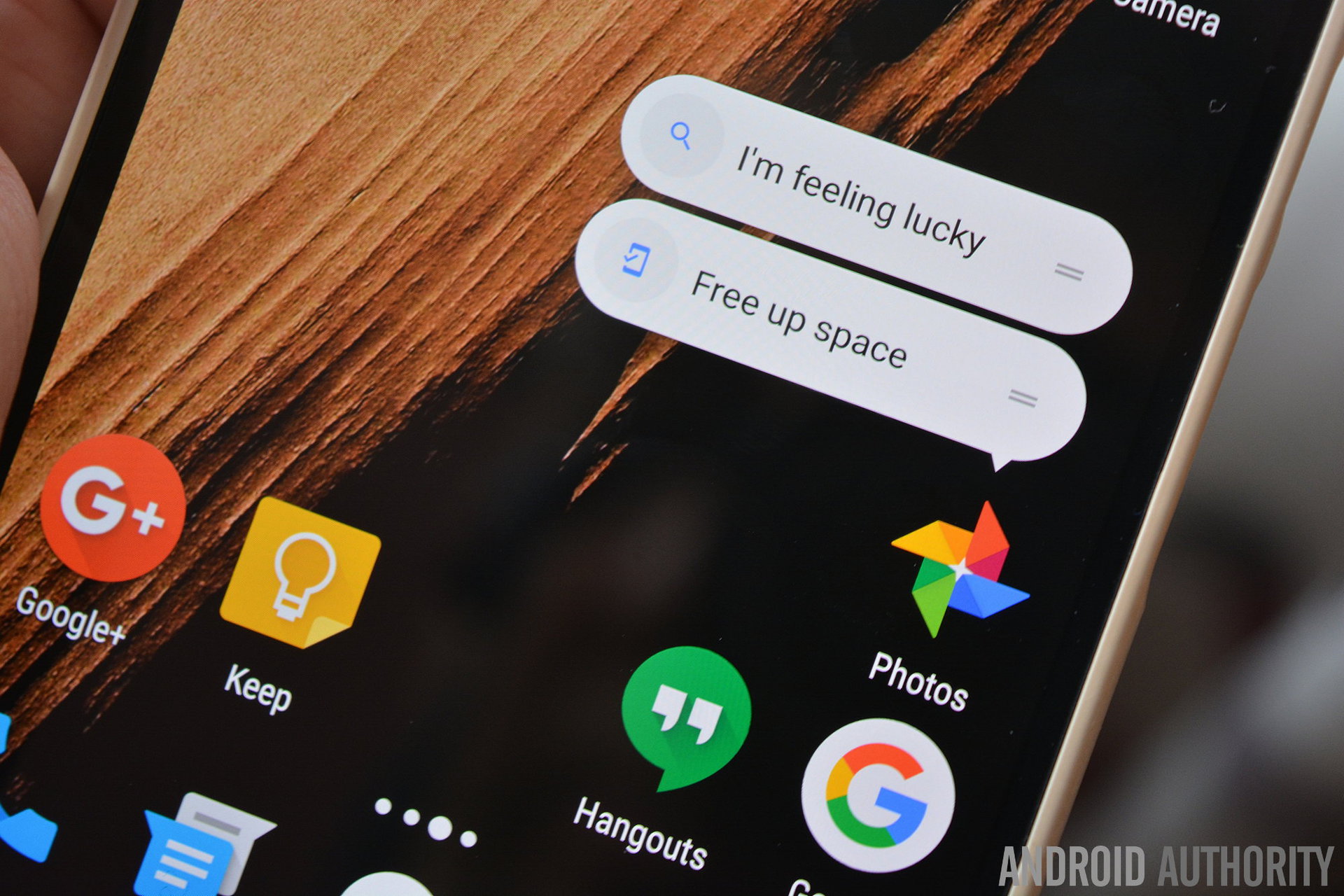
One of the great things about Android is how intuitive it is. The majority of its most important features are easily accessed and clearly identifiable (like screen brightness). But there are some useful features that are hidden away or aren’t clearly explained. Here, we’ve gathered some of the best Android features you might have missed.
Note: These tips are based on Android Pie and may not be available on other Android versions.
1. Quick settings shortcuts
The quick settings buttons offer a handy way to adjust certain Android features. These icons at the top of the phone when you pull down the notification shade — but they’re more than just toggles.
Tap and hold certain icons and you will be taken to their dedicated page in the settings. This is a swift way to access a setting when you want to do more than just switch it on or off; I use it to quickly enter the Bluetooth menu for manual device pairing.
You can visit the settings pages for Wi-Fi, NFC, mobile data, and more just by tapping and holding their icon.
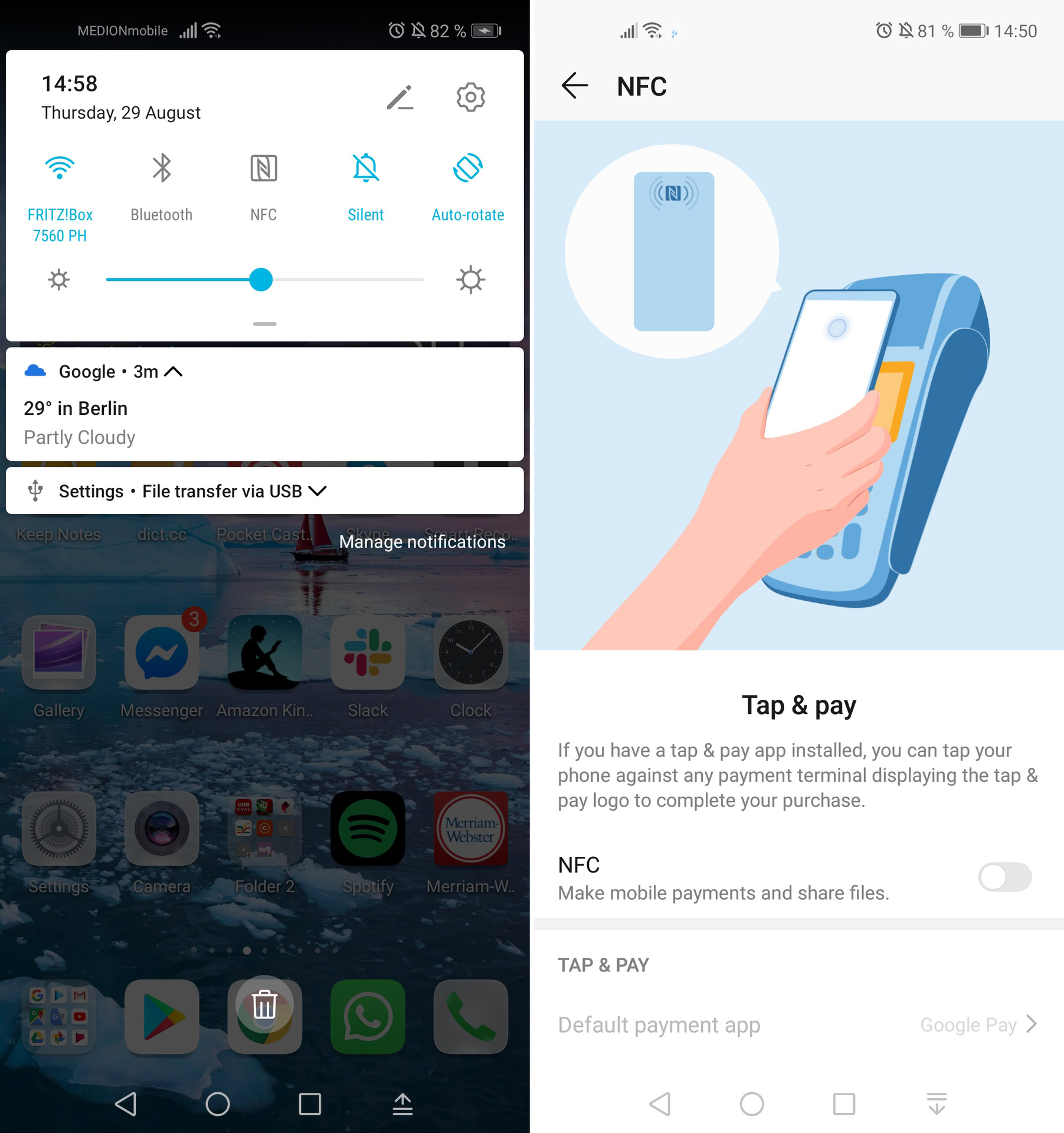
2. Copy text in recents menu
This function is only available on Android Pie and only for some devices, but it has the potential to become a classic.
When viewing apps with text in the recent apps menu, you can highlight and copy text without opening the app itself. It’s a small addition, but one that could be a frequent time saver time when copying or sharing content.
Only some of our phones have this feature right now but I suspect it will roll out further in the future. See if it works on your Android by hitting the recent apps button and then tapping and holding on some text.
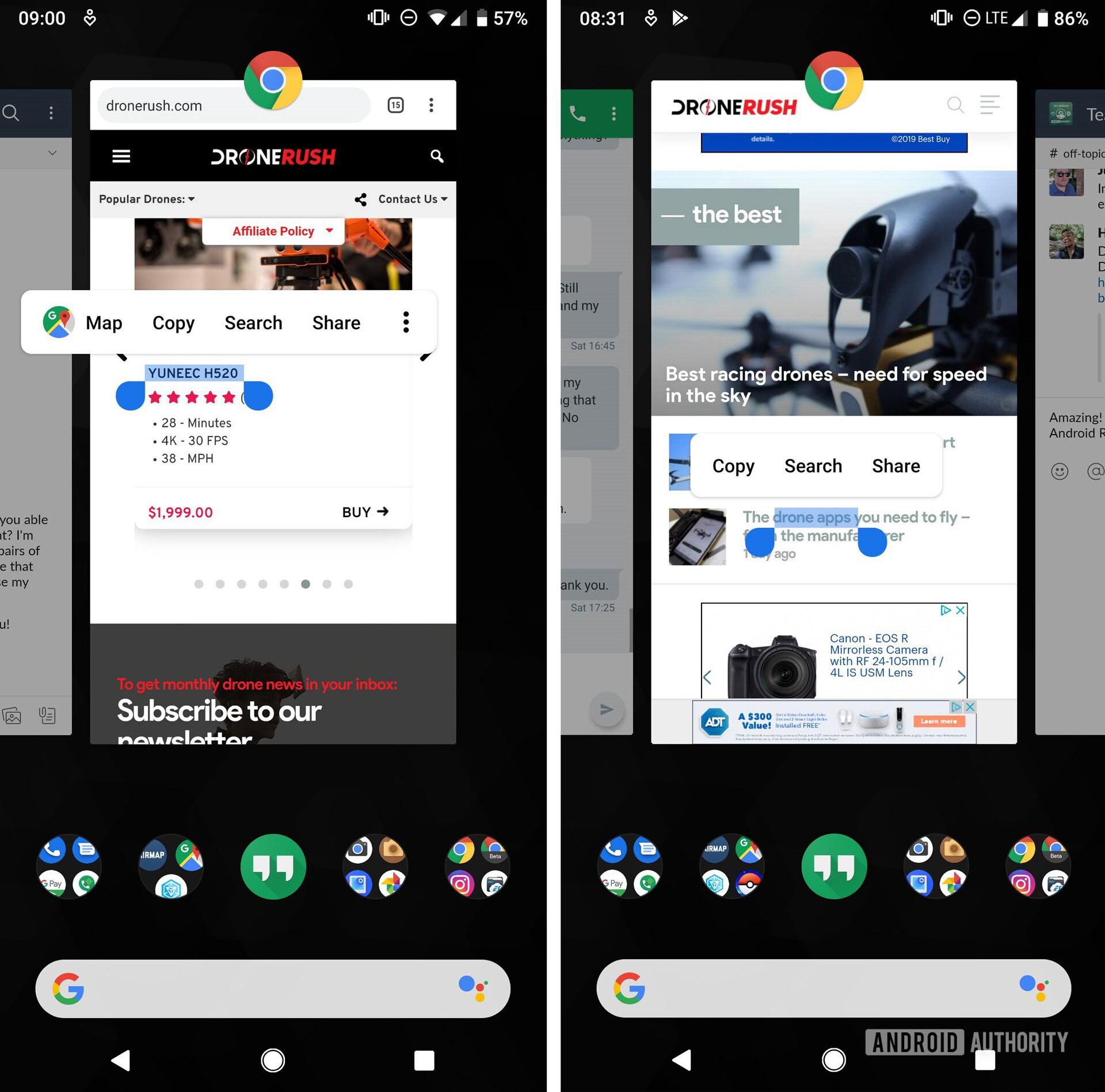
3. Shortcuts for your app shortcuts
Tap and hold an app icon on a device running Android Nougat or later and, if the app supports it, various shortcuts will appear in a bubble. It’s a smart feature, allowing users to effectively teleport to specific parts of the app instead of tapping through to them. But it comes with a secondary benefit: you can tap and hold the app shortcuts to turn any one of those into a shortcut button.
For example, tap and hold WhatsApp and a shortcuts list will appear, including recent contacts. Tap and hold one of those contacts and you can drop it on a home screen for even quicker access to that contact.
It works for other things too. Want to pin a recently played Spotify playlist to your home screen? What about adding a button to load your route home via Google Maps? Just tap and hold the relevant icon, then tap and hold the relevant shortcut and place it wherever you want (note you will have to have a home address set up in Google Maps, or a recently played Spotify playlist, to achieve either of those).
You will find these same shortcut possibilities elsewhere within the respective apps if you want to dig them up, but this method great for discovering shortcut possibilities you might never have otherwise thought of.
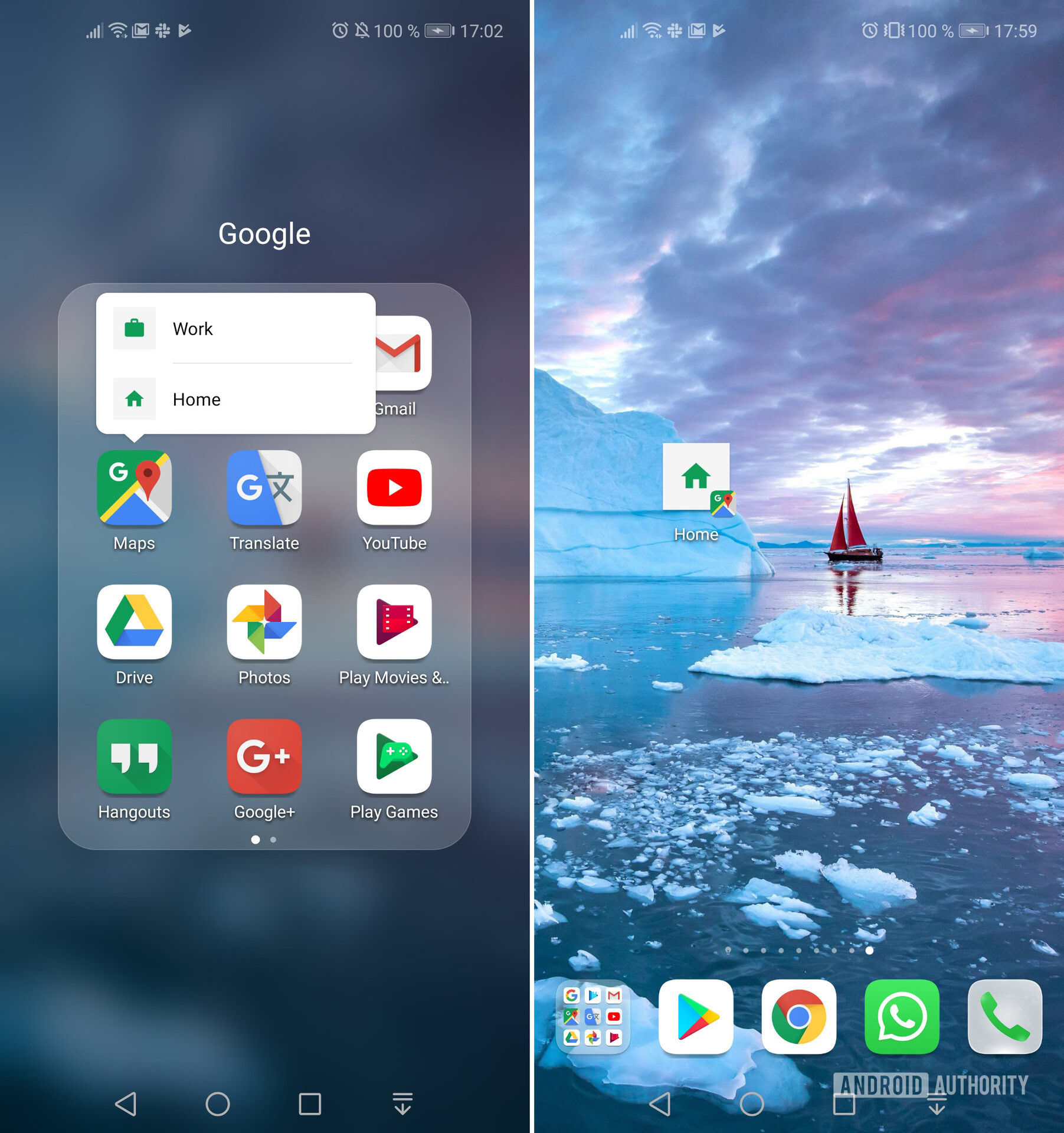
4. Quickly swap between your two most recent apps
This feature has been around since Android Nougat but it’s one of those that are easy to forget.
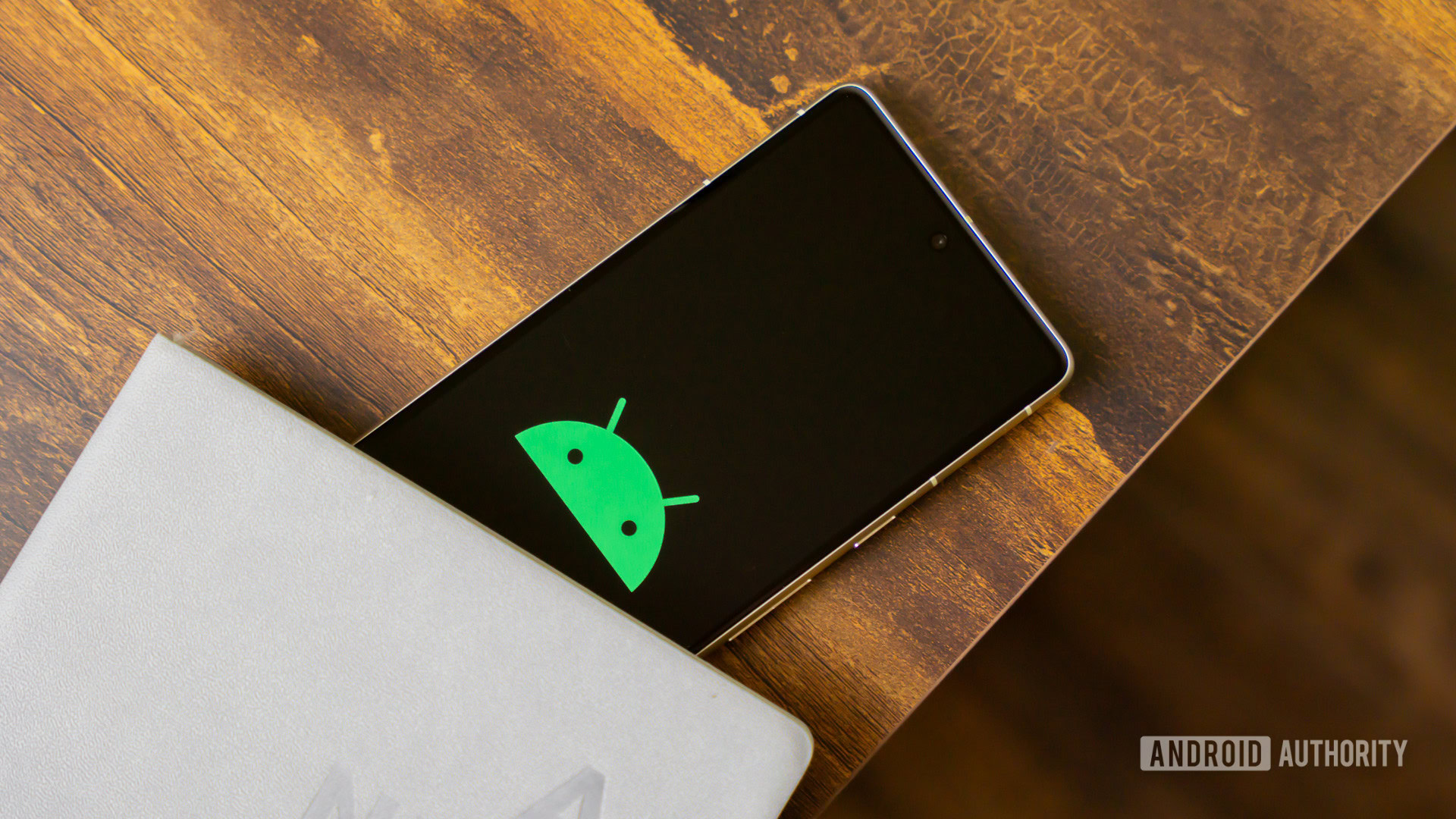
Double tapping the recent apps button will return you to your previous app, meaning you can quickly switch between your two most recent apps without opening the dedicated menu. It’s a great time-saver, even if the animated transition can be a little janky.
5. What’s this song?
Android phones come with a widget named “Sound Search” which acts as a shortcut to the Google Assistant’s “what’s this song?” feature. This allows your smartphone to listen out for music — whether it’s coming from a TV, radio, or something else — to find out what song is playing.
Sound Search is perfect for if you want to find out who's singing that catchy tune before it disappears forever.
Normally, you would need to wake the Google Assistant, press the record button, and wait for the “what’s this song?” button to pop up. Or, you could say: “OK Google, what’s this song?” which it may or may not hear depending on how loud it is and how clearly you speak.
The Sound Search widget solves these problems by listening for music at the tap of a single button — perfect for if you want to find out who’s singing that catchy tune before it disappears forever. Just tap and hold an empty space on your home screen, tap “widgets,” then swipe along the menu to the Sound Search widget. Tap it to throw it onto your preferred home screen.
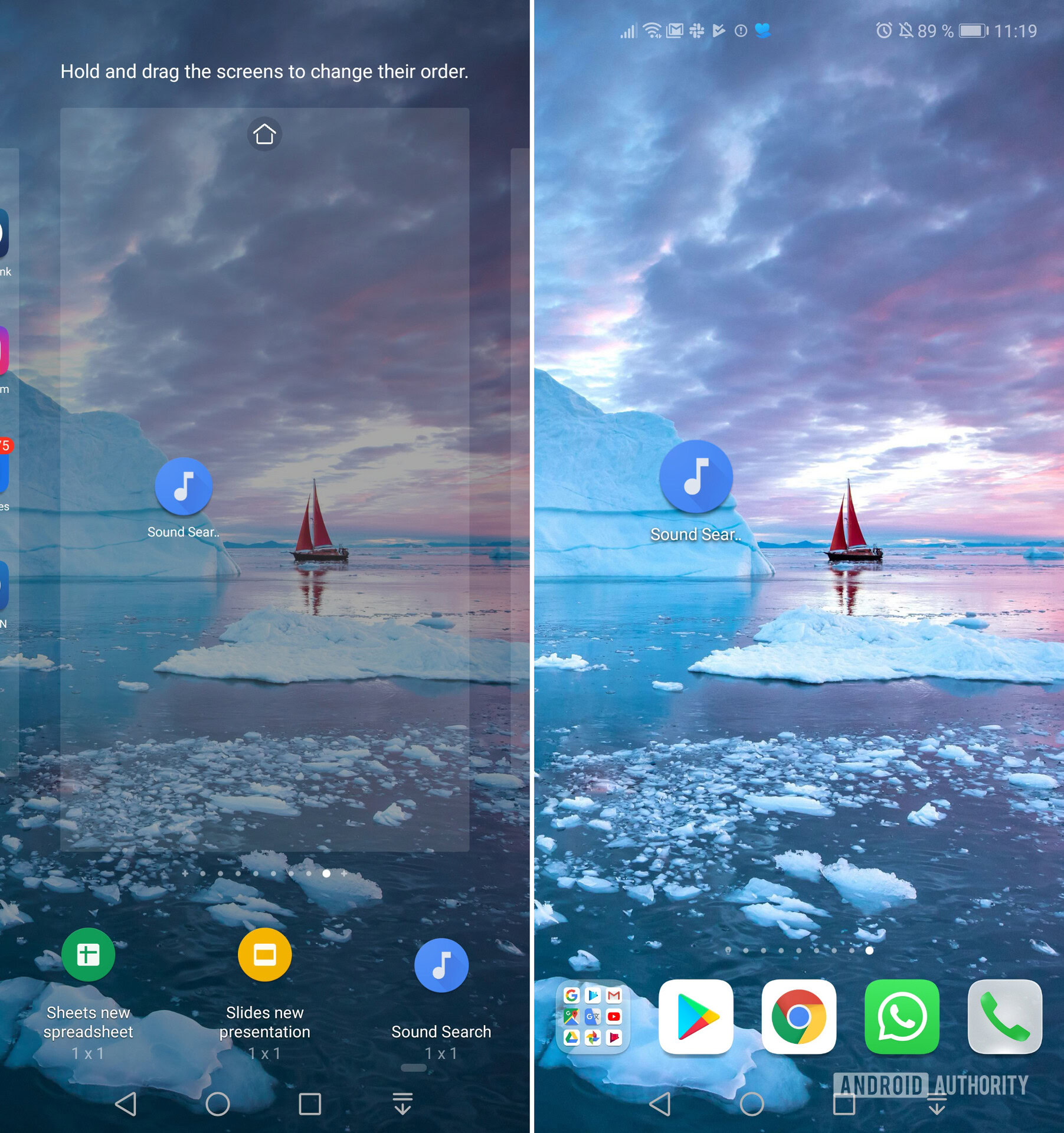
6. Set up a lock screen message
This is a feature many people know about but sometimes miss out on a good use case for it. Instead of creating a “My Device” message — or something similarly useless — I like to put an email address as my lock screen message, in case I ever lose my device. That way, if someone finds it, all they need to do is shoot me an email to arrange its return.
Should my phone ever be stolen, this does mean my email address would enter the wrong hands; however, I find that worry completely outweighed by the prospect of a good Samaritan finding my lost phone and helping get it back to me.
The lock screen message setting is in the “Home screen and wallpaper” menu on my handset, but you may find it in the security options on yours.
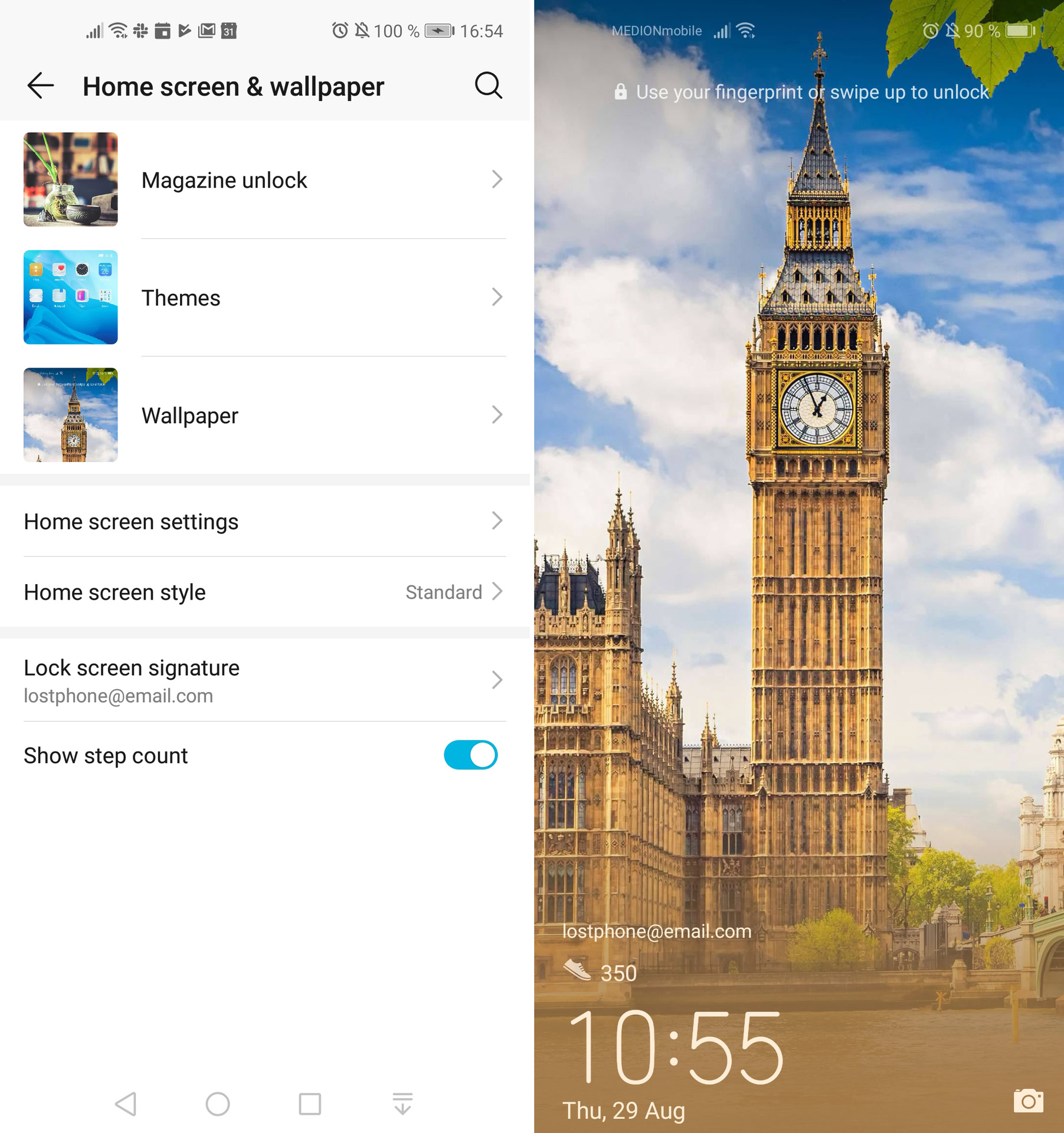
7. Hide lock screen notification content
Lock screen notifications are great for providing a glance at new messages, but those messages sometimes contain sensitive material. When you’re around other people, you may want to keep these notifications private.
In your phone’s “notifications” settings menu (or “lock screen and security” or similar), you’ll find an option to disable these notifications altogether, but there’s also a way to get the best of both worlds. The “show but hide contents” option will allow the notification while keeping its contents private until the phone has been unlocked.
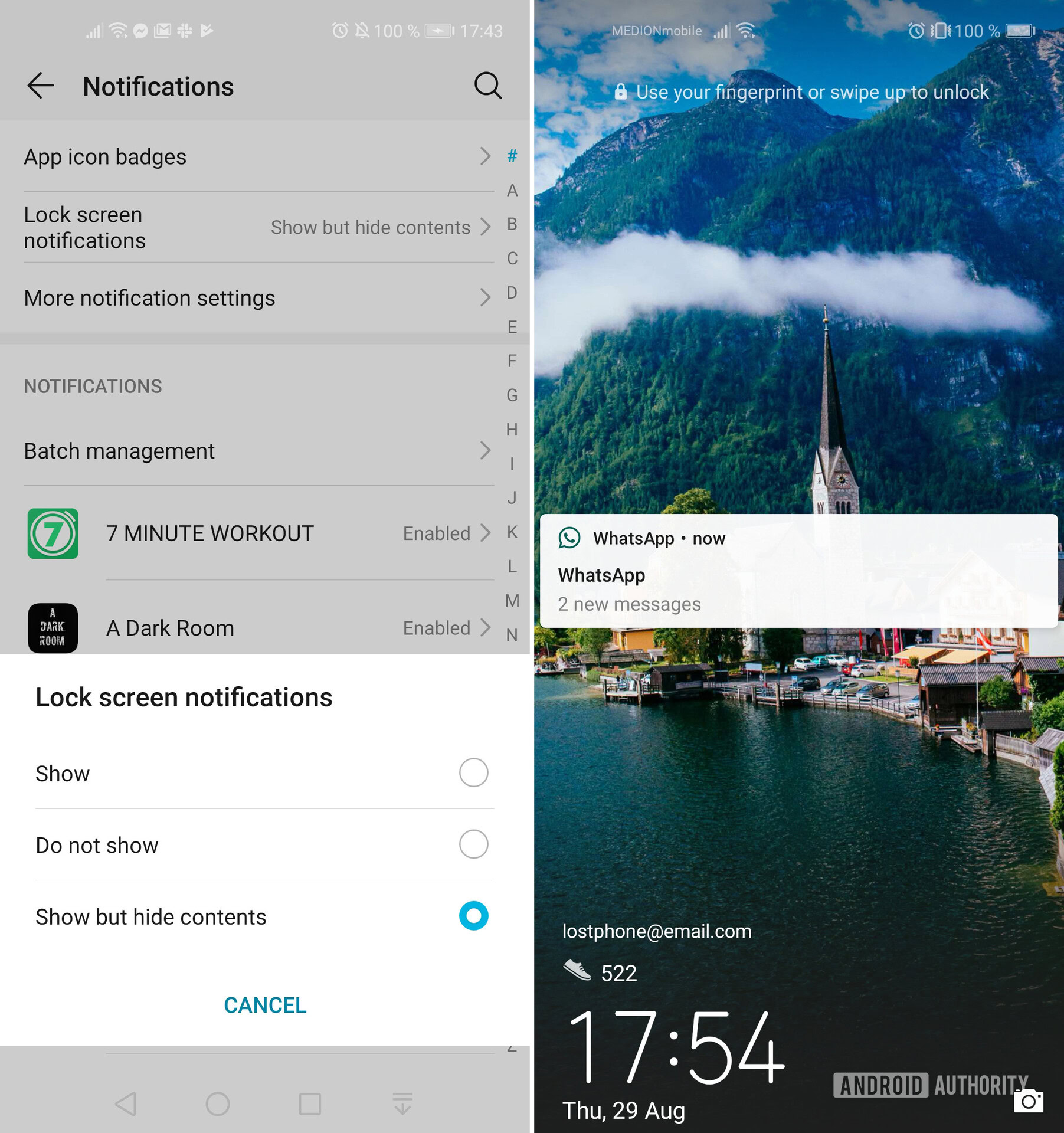
Bonus: Keep your alarm on while your phone is off
Nearly all modern Android phones support this feature though you may not be aware of it. If you want to save your device battery through the night, you can safely turn off your phone without affecting your morning alarm.
Don’t miss: 5 Android settings you should change to level up your smartphone game
Just set your alarm as you normally would, switch off your phone, and it will switch on a minute or so before the alarm goes off ready to wake you up. Some handsets even remind you that your phone will wake when the alarm starts; that ever-important snooze button will be there for you too.
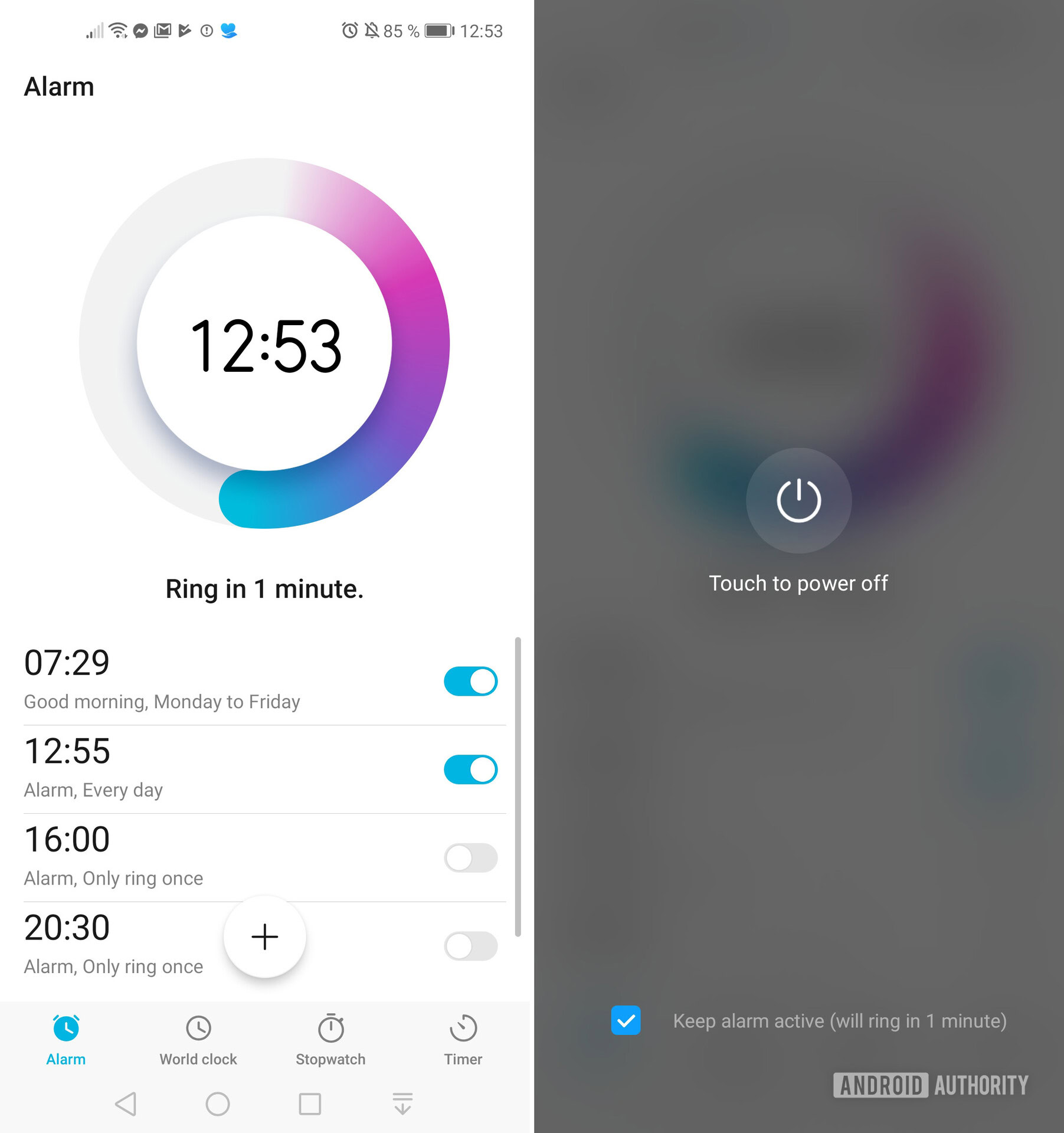
What are your favorite little-known Android tricks? Shout them out in the comments.